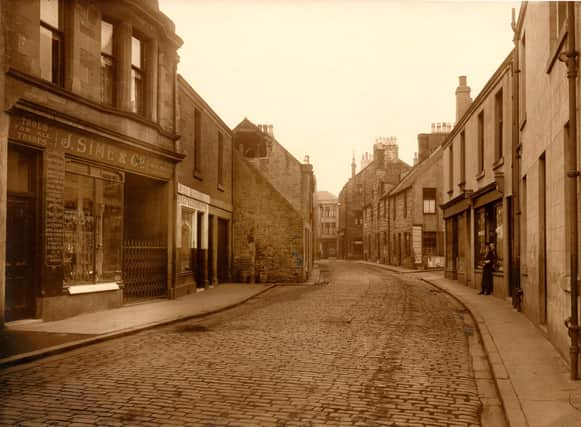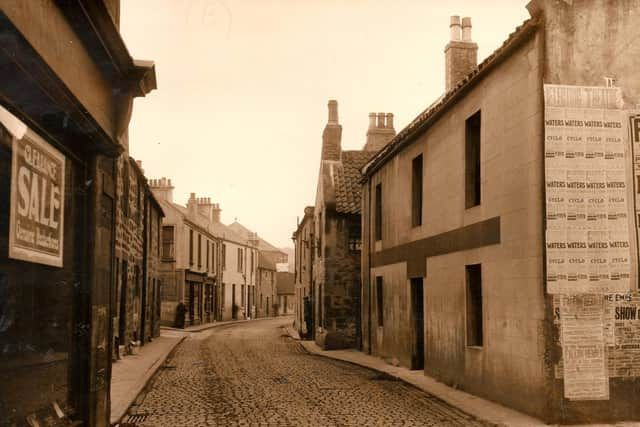Ian Scott: Long history of Falkirk's Cow Wynd embraces cattle and the coming of coal mines


Many people connect the name of the street with the great Falkirk cattle trysts but it is much older and dates to the time when the inhabitants of the burgh would bring cattle from their byres to the mouth of the Wynd where the common herd would gather them up and walk them up to the common lands of the town. These lay up the hill at the top of Slamannan Road and included the high park and the site of the old Lochgreen Hospital. At dusk the herd and his four-footed charges would return along the narrow track called the Cow Loan before entering the Wynd at the port.
There is however a connection with the trysts which came to prominence in the 18th century. Many of the cattle driven from the Highlands to the original tryst at Shieldhill passed along the Cow Wynd, and later when they moved to Stenhousemuir huge numbers came through on their way south after the sales were completed. But the churning of the loan and wynd by the feet of the cattle was as nothing compared to what had happened after 1759.
Advertisement
Hide AdAdvertisement
Hide AdThe arrival of Carron Company which changed so much in Falkirk district had a major effect on the Cow Wynd. The greedy iron furnaces needed coal and mines opened up all over the area and especially up the braes. The works needed ten tons of the black gold for each ton of iron produced and so there was money to be made by carting vast quantities down the hill and through the town. The narrow wynd was on the main route and it was said that the carts squeezed their way slowly through all day, every day, so that each driver could always see the cart in front of him and the one coming behind. These were the days when the road surfaces were nothing more than earth and mud and the mess created by the heavy carts was a constant source of annoyance for the inhabitants. Over the years various improvements were made to the road surface and the Wynd was eventually widened from the 13 foot of the earliest years.


For a time the road was called Coal Hill Road but when the council decided to officially adopt the name High Station Road in 1888 there was a real stushie and a few years later the old favourite was reinstated. Of the old buildings in the Wynd few survive. The famous octagonal Tattie Kirk was built in 1806 as the home of a breakaway congregation called Antiburghers, and at the High Street end in 1863 Alexander Learmonth the butcher and baillie erected the fine building on the east side that still bears his name. And who could forget the good old Burlington Ballroom?
When I was a teenager the Cow Wynd was full of interesting shops like Booths the bakers, Janetta’s Café, Sime’s the ironmongers and Doughty’s music store. They are all gone now mores the pity.